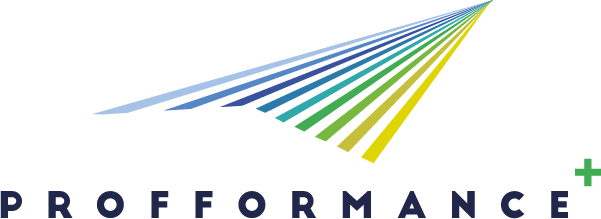CCC: Coaching>Collegiality>>Collaboration
Instructional Peer Coaching for Collegiality and Collaborative Learning
- 06 – Information and Communication Technologies
3. Innovative student’s learning assessment
- Assessment of transversal skill development
- Promoting self-assessment and peer assessment to empower students and enhance their learning
- Student learning enhancement using formative assessment
- Using assessment to develop and improve group learning promoting teamwork
- Online real-time feedback and assessment for continuous improvement of students learning
The same as any human being needs to internalise the logic behind any given input, advice, strategy , or a solution, in order for it to stick, our students need to internalize the implications of their results of our assessment on their work, in order to understand it, learn from it and grow. Due to this rationale, this practice promotes leaving assessment to the students and their peers themselves and getting the teacher out of the picture, for the most part. When we directly tell our students what to do and how to do it in order to meet certain criteria and academic expectations, we are actually targeting a very short term goal. No matter how logical and straightforward our rationale is, the students will retain it in short term memory only, apply it perhaps the next day, or the next week, and very likely go back to their learned behaviours and habits from before. This is why it is crucial to develop a coaching skill, namely pertaining to skilled questioning, that empowers the coach and the coachee in facilitating both of their thinking. This way students take on reciprocal coaching hats and act as critical colleagues to one another, independent of the teacher. By listening, clarifying, asking and answering probing questions, giving and receiving feedback, the students engage in a deep thought provoking process that leads to innovation. This reciprocity of a coaching relationship goes both ways, student-student and student-teacher. Otherwise, if a coaching or a mentorship role belongs solely to the teacher, the issue is likely failure, due to multiple reasons: First, lack of capacity, as the teacher cannot cater to all students as the only one possessing coaching skills. Second, a proven teaching method being collaborative learning belongs to peers and sharing their understanding among themselves, in their own language. The main activity of the instructional peer coaching for collegiality and collaborative learning practice is a dialog. With multiple "AHA moments" that are being provoked through such dialogue (described to detail in methodology, with examples provided), students internalize their own understanding of what's at hand and feel in charge of their own learning. The learner autonomy is strengthened by a simple communication pattern that is so often being neglected in HE teaching and learning, dropping the student from the centre.
Methodology
Tools, equipment, technology used
Outcomes and outputs, main results
Lessons learnt
Adaptability and sustainability of the best practice (for other institutions)
Promotion of best practice
Scope and impact
- Course/department level
- Faculty level
- Institutional level
- Cross-institutional level
- National level
- EU/EHEA/International level
6.1 Digitalization
- NOT RELEVANT
Reasoning:
6.2 Internationalization
- Outstanding practices of international online collaborative learning
- International projects/research results embedded into course development and T&L
Reasoning: I was teaching at University of People, a solely online university leading education innovation and revolution with regards to self-regulated learning and peer assessment models. During the pandemic I have adapted the models and applied it to my courses at UNIZG, teaching and learning online, and strengthened my practice based on extensive international experience in educational leadership as an instructional coach. Result: all stakeholders empowered and taking charge of their own learning.
6.3 Inclusion and diversity, universal design
- (Innovative) use of devices and tools for inclusion
Reasoning: During the pandemic, we use Moodle platforms and a Course Forum for class discussion, for inquiry based learning, research and collaborative learning, as well as for peer and self assessment. The students in my Teaching and Learning with Technology course provided weekly feedback to each of the seminar prompts formed as coaching reflective questions, for 2 of their peers. This was formative assessment preventing all surprises after a summative, as the student was able to reflect beforehand.
6.4 Sustainability
Reasoning: This practice can be universally implemented to all spheres of human interaction, to all levels of education. Throughout the entire course, during every unit, my students and I brushed our coaching skills, practiced collegial dialogue and nourished the habit of inquiry based collaborative learning. This is how one builds continuum, develops habit and builds trust among all stakeholders.
3.3 Public contact datas
| Name | Email address | Website |
|---|---|---|
| Sanja Kišiček, PhD | sanja.kisicek@ffzg.hr | https://www.sanjak.co/academia |

